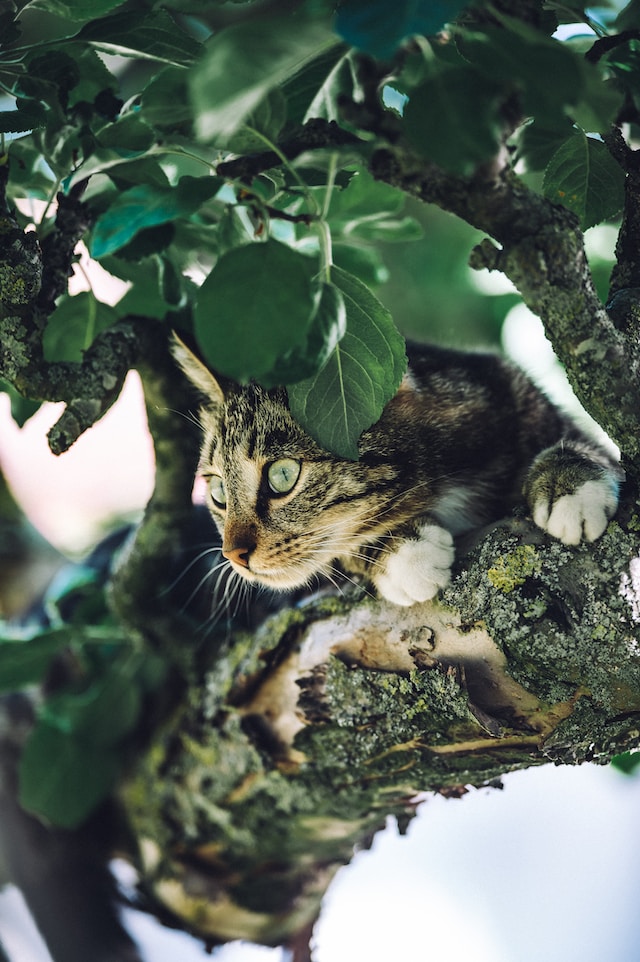As feline companions, domestic cats have enchanted us with their grace and independence. However, beneath their domesticated facade lies a lineage that traces back to their wild counterparts. In this article, we embark on an adventure to uncover the natural habitat of our beloved feline friends and explore their untamed instincts.
The Origins of Domestic Cats:
To truly understand the wild side of domestic cats, we must delve into their ancestral roots. Genetic studies have revealed that our cuddly companions share a common ancestor with the African wildcat (Felis lybica). These wildcats once roamed vast stretches of the African continent, adapting to various habitats such as deserts, savannahs, and grasslands.
Exploring the Natural Habitat:
While domestic cats may spend most of their time indoors today, their instincts are still deeply rooted in the wild. To gain a glimpse into their natural habitat, we must observe their behaviors and preferences.
Firstly, cats are natural-born hunters. They possess keen senses and an innate ability to stalk and pounce on prey. Even the most docile house cat will exhibit these hunting instincts through play, chasing toys or laser pointers, mimicking the movements of their wild counterparts.
Secondly, cats have an intrinsic need for territory. In the wild, they establish and defend their own territories, marking them with scent and vocalizations. This behavior can still be observed in domestic cats, who mark their surroundings with pheromones and vocalize to claim their space.
Lastly, cats are solitary creatures by nature. Unlike many social animals, cats thrive in solitude. This preference for solitude can be traced back to their wild origins when individual survival depended on their ability to hunt and avoid predators.
Conservation Efforts:
Recognizing the importance of preserving the natural habitat and biodiversity, several organizations have initiated conservation projects focused on protecting wildcat populations. By preserving their natural habitats and implementing measures to mitigate human-wildlife conflicts, these efforts aim to ensure the long-term survival of wildcats.
Ethical Responsibility of Cat Owners:
Understanding the wild side of domestic cats is not only fascinating but also holds ethical implications for their care. Domesticated cats may have lost some of their wild instincts, but their natural needs should still be met. Providing opportunities for play, environmental enrichment, and creating safe outdoor spaces can help satisfy their innate desires while ensuring their safety.
Conclusion:
Our journey into the natural habitat of domestic cats has shed light on their captivating wild side. Though they may curl up by the fire or chase a toy mouse, their instincts and behaviors reflect their ancient lineage. By recognizing and honoring their innate nature, we can forge a deeper bond with our feline companions while respecting their wild heritage. As responsible cat owners, it is our duty to provide an environment that supports their well-being and satisfies their instinctual needs, ultimately enabling them to embrace their wild side within the confines of a domestic setting.










